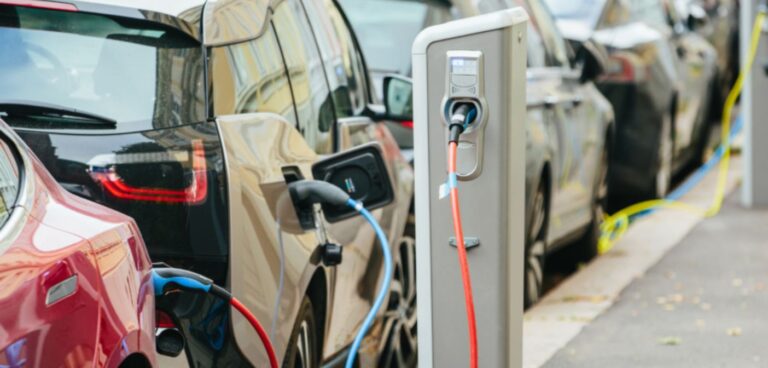UK local authorities are inconsistent in their approach to EV charging, especially when it comes to on-street charging, according to a report by Field Dynamics, an environment-focused marketing consultancy.
The report states that, while overall coverage has improved by 42% – with 68% growth in on-street residential chargepoint scheme chargers – the UK remains exposed to inconsistent infrastructure, with London boroughs seeing 60% coverage compared to less than 14% in UK metropolitan councils.
However, the report also suggests that EV adoption is better than most people think, especially if the UK government’s Electric Vehicle Homecharge Scheme data is used to represent charging outside of built-up areas.
According to Field Dynamics, some 293 local authorities have seen an average 50% increase in residential chargers since 2020.
Read more: Half of UK councils made no EV investment in 2021, report finds
Ben Allan, Field Dynamics managing director, said: “In an ideal world, all residents would benefit equally from investments in on-street chargers.
“So, as the number of chargers increased, the coverage would increase by the same amount.
“Yet this is not what’s demonstrated in the latest study.
“We therefore look at the differences between councils in our data as reference points, not judgments on which council is right and which is wrong.
“We also recognise that the market is still very immature and without mainstream behaviours and data, the right approach can only be inferred.
Read more: UK government targets tenfold expansion in EV chargepoints by 2030
“However, the clear summary of this report is that firstly there is little consistency in approach and outcome…[and] while some are getting it right, many are getting it expensively wrong and will carry on doing so for some time.”
The publication shows some growth in the total number of on-street households in Great Britain, from 9,651,595 in 2020 to 9,777,254 in 2022.





